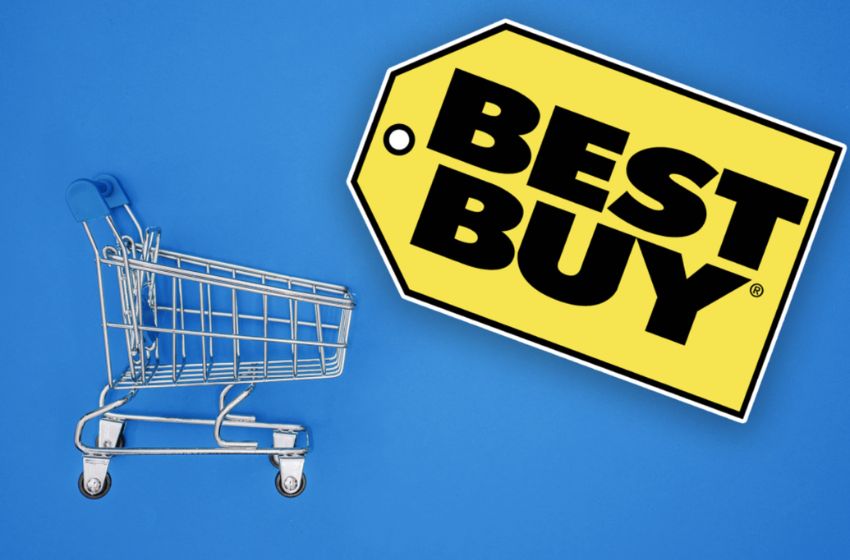Welcome to the ultimate journey through the captivating history of Best Buy, where innovation meets retail in a dazzling display of technological prowess. From humble beginnings to becoming a household name, this iconic consumer electronics retailer has witnessed an extraordinary evolution that mirrors our ever-changing digital landscape. So buckle up and prepare to dive into the riveting tale of how Best Buy transformed from a small audio equipment store into a tech haven that revolutionized how we shop for gadgets. Join us as we relive the triumphs, setbacks, and groundbreaking moments that have shaped not only Best Buy’s destiny but also our own relationship with technology. Get ready for an exhilarating ride through time as we explore The Evolution of Best Buy!
Introduction
In the ever-evolving landscape of consumer electronics, one brand has stood the test of time and continually adapted to the changing needs of its customers—Best Buy. This blog takes you on a journey through the history of Best Buy, tracing its roots, pivotal moments, innovations, challenges, and the strategies that have allowed it to emerge as a retail giant in the world of technology.

Founding Principles: The Birth of Best Buy
The Best Buy story began in 1966 when Richard M. Schulze and a business partner opened an audio specialty store called Sound of Music in St. Paul, Minnesota. The store was focused on providing high-quality audio products to customers. However, a pivotal moment came in 1983 when the company faced financial challenges. Richard Schulze took control, rebranded the stores as Best Buy, and refocused the business on consumer electronics.
The rebranding marked the beginning of Best Buy’s journey as a consumer electronics retailer, setting the stage for its evolution into a household name.
Superstore Concept: Revolutionizing Electronics Retail
In the 1980s, Best Buy pioneered the concept of the superstore—a large retail space offering an extensive selection of consumer electronics and appliances. This shift from specialty stores to superstores allowed Best Buy to provide customers with a one-stop-shop experience for all their electronic needs.
The superstore model was a game-changer, emphasizing a broad product range, competitive pricing, and a focus on customer experience. Best Buy commitment to creating a destination for tech enthusiasts and casual consumers alike propelled the brand to new heights.
Tech Services and Geek Squad: Elevating Customer Support
Recognizing the increasing complexity of consumer electronics, Best Buy took a proactive approach to customer support. In 2002, the company introduced Geek Squad, a team of trained technicians offering technical support, repair services, and assistance with product installations.
The Geek Squad became synonymous with Best Buy commitment to customer service. It provided consumers with a level of support that extended beyond the purchase of products, fostering trust and loyalty. The integration of tech services added a layer of expertise to the Best Buy shopping experience.
E-Commerce and Omnichannel Retailing: Adapting to Changing Trends
As the digital era unfolded, Best Buy embraced e-commerce to stay ahead of changing consumer preferences. The company invested in its online platform, offering customers the convenience of shopping from anywhere. Best Buy’s commitment to an omnichannel approach meant that customers could seamlessly transition from online browsing to in-store experiences.
The strategic integration of digital and physical retail channels allowed Best Buy to navigate the shift towards online shopping successfully. The company’s ability to adapt to changing trends and leverage technology solidified its position as a leader in the retail space.
Challenges and Resilience: Best Buy’s Ongoing Adaptation
Best Buy faced challenges, particularly during the rise of e-commerce giants. The so-called “showrooming” phenomenon, where customers would browse products in-store and then purchase online from competitors, posed a threat. In response, Best Buy implemented price-matching policies, invested in employee training, and continued to enhance its online presence.
The resilience displayed by Best Buy in the face of challenges showcased its commitment to staying relevant in an ever-evolving retail landscape. The company’s willingness to embrace change, invest in its employees, and continuously enhance the customer experience allowed it to weather industry shifts.

Conclusion
The evolution of Best Buy is a testament to its ability to adapt and innovate in the dynamic world of consumer electronics retail. From its humble beginnings as an audio specialty store to becoming a global retail giant, Best Buy’s journey has been marked by strategic decisions, customer-centric approaches, and a commitment to staying at the forefront of technology trends.
As Best Buy continues to navigate the ever-changing landscape of consumer electronics, its legacy serves as an inspiration for retailers seeking to thrive in an era of digital transformation. By blending the best of in-store experiences with robust e-commerce offerings and a commitment to customer support, Best Buy remains an iconic player in the world of technology retail. The story of Best Buy is not just a chronicle of its past but a roadmap for success in the future of retail.



